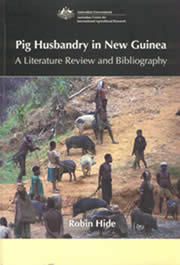Están aquí :
>
Recursos
>
Publications
>
Libros
>
Production et Génétique
>
Pig Husbandry in New Guinea
CIRAD © 2007 (Derechos reservados) - Legales informaciones - Actualizaión de la pagina : 07/11/2007
